For decades, the spotlight in molecular biology has been firmly fixed on DNA and proteins, while sugars—those intricate molecules coating every cell in our bodies—were dismissed as mere structural elements or energy sources. Yet the emerging field of glycobiology is shattering this misconception, revealing an astonishing truth: sugars form a sophisticated biochemical code that orchestrates everything from immune responses to cancer metastasis. This "sugar code," written in the branching patterns of glycans, may hold answers to some of medicine’s most stubborn challenges.
The sheer complexity of glycans has long been their curse. Unlike DNA’s linear alphabet or proteins’ predictable folds, sugars assemble into dizzying fractal-like structures through glycosylation—a process where enzymes attach sugar chains to proteins or lipids. A single protein can sport hundreds of glycan variants, each altering its function like a molecular switch. When researchers at MIT mapped the glycan shield of the SARS-CoV-2 spike protein, they discovered how specific sugar configurations determined viral infectivity. This wasn’t passive decoration; it was cryptographic warfare at the atomic scale.
In autoimmune diseases like rheumatoid arthritis, the sugar code goes rogue. Normally, glycans on antibody tails dampen inflammatory responses—a safety mechanism honed by evolution. But recent work in Science Translational Medicine shows how arthritis patients produce antibodies with truncated glycans, turning these peacekeepers into inflammatory triggers. Pharmaceutical companies are now racing to develop glyco-engineered antibodies that restore the protective sugar patterns, potentially offering treatments with fewer side effects than current immunosuppressants.
The cancer field is witnessing a glycobiology revolution. Tumor cells hijack glycosylation to cloak themselves—displaying sugar signatures that mimic healthy tissue while others recruit protective immune cells. A 2023 Nature study revealed how pancreatic cancers produce a rare sialic acid variant that acts as a "don’t eat me" signal to macrophages. Counterintuitively, some chemotherapy drugs exacerbate this by forcing surviving tumor cells to upregulate these sugar shields. This explains why combining chemo with emerging glycan-targeting drugs shows promise in early trials.
Perhaps most tantalizing are glycobiology’s implications for neurodegeneration. The tau proteins that form Alzheimer’s characteristic tangles undergo precise glycosylation changes years before symptoms appear. Researchers at Scripps Research have identified a sugar-modified tau variant that spreads through brain tissue like a prion, suggesting glycan analysis could enable earlier diagnosis. Even more provocative: certain gut bacteria produce glycans that cross into the brain and may seed inflammation—a potential missing link between microbiome imbalances and Parkinson’s disease.
Yet the field faces formidable barriers. Glycan sequencing lags decades behind DNA technology, and sugar structures can’t be easily edited with CRISPR-like tools. The Human Glycome Project—an ambitious effort to catalog all human sugars—has struggled with funding compared to its genomic predecessor. "We’re trying to decipher a language where the alphabet keeps changing shape," laments glycobiologist Carolyn Bertozzi, whose lab developed bioorthogonal chemistry to track sugars in living cells.
The therapeutic potential is too compelling to ignore. GlycoMimetics’ drug uproleselan, which blocks sugar-mediated cancer metastasis, has shown remarkable survival benefits in acute myeloid leukemia. In infectious diseases, researchers are designing carbohydrate-based vaccines that target HIV’s sugar cloak rather than its rapidly mutating proteins. And in regenerative medicine, synthetic glycans are being used to steer stem cells toward specific tissues—a technique that recently enabled partial spinal cord repair in rats.
As glycobiology transitions from academic curiosity to clinical powerhouse, it’s becoming clear that sugars aren’t just supporting players in biochemistry—they’re conductors of an orchestra we’re only beginning to hear. The next decade may see sugar-based diagnostics and therapeutics emerge as a third pillar of precision medicine, finally giving glycans their rightful place alongside genes and proteins in the pantheon of life’s fundamental codes.
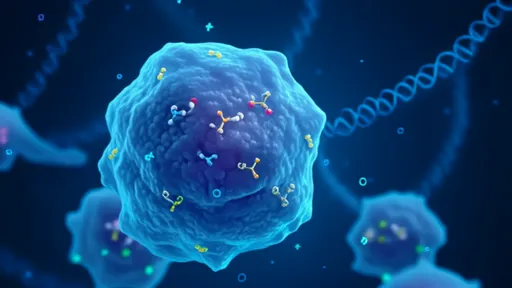
By /Jul 3, 2025
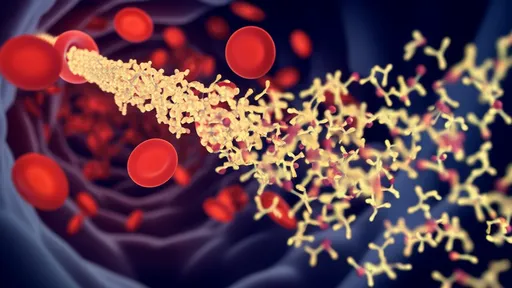
By /Jul 3, 2025
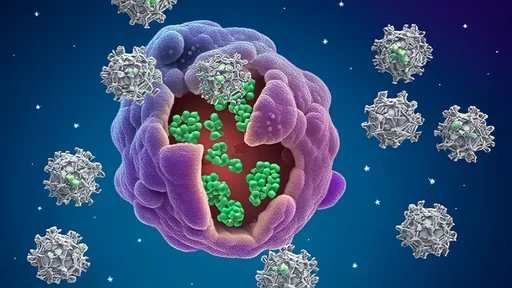
By /Jul 3, 2025
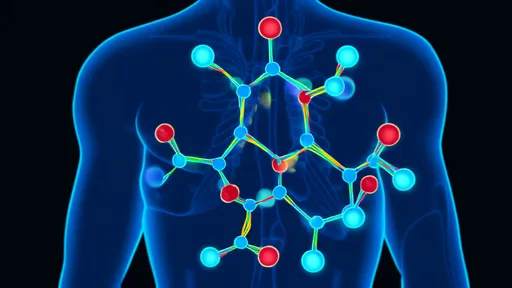
By /Jul 3, 2025
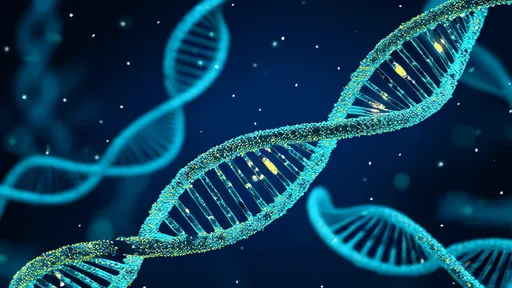
By /Jul 3, 2025
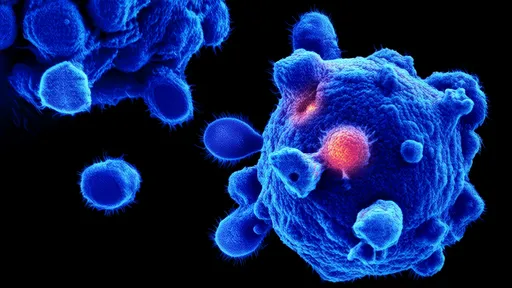
By /Jul 3, 2025
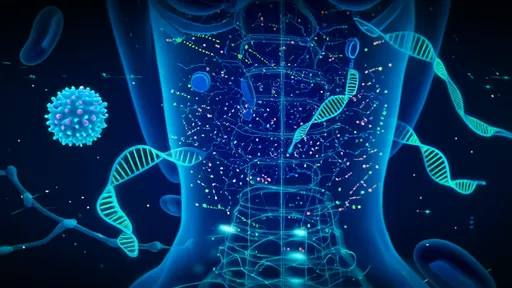
By /Jul 3, 2025

By /Jul 3, 2025

By /Jul 3, 2025

By /Jul 3, 2025

By /Jul 3, 2025
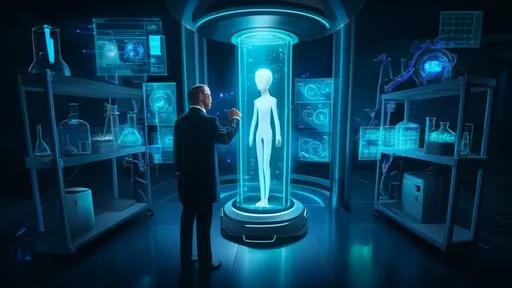
By /Jul 3, 2025

By /Jul 3, 2025
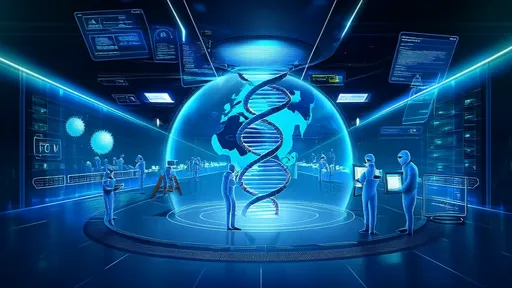
By /Jul 3, 2025
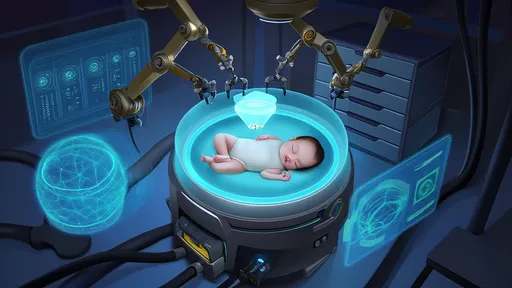
By /Jul 3, 2025

By /Jul 3, 2025
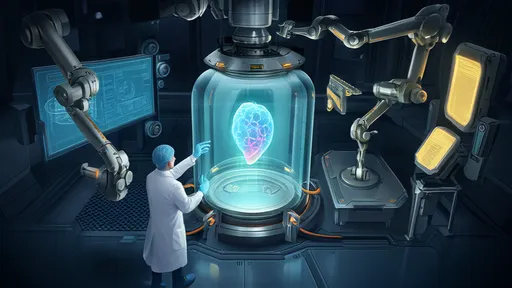
By /Jul 3, 2025

By /Jul 3, 2025

By /Jul 3, 2025
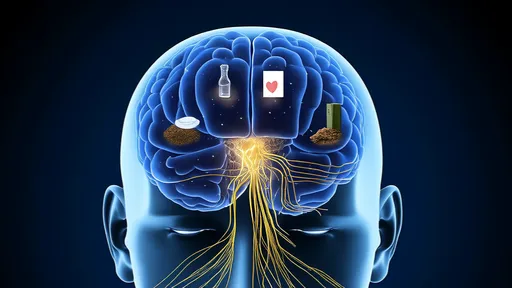
By /Jul 3, 2025